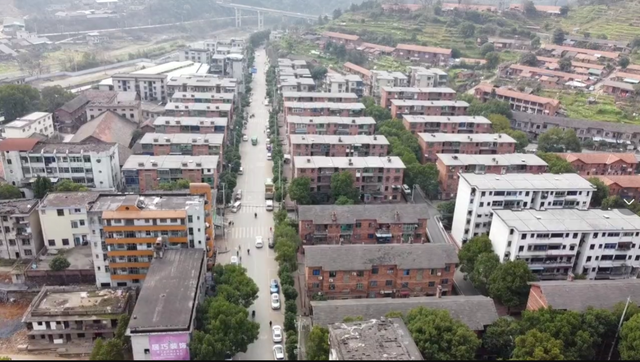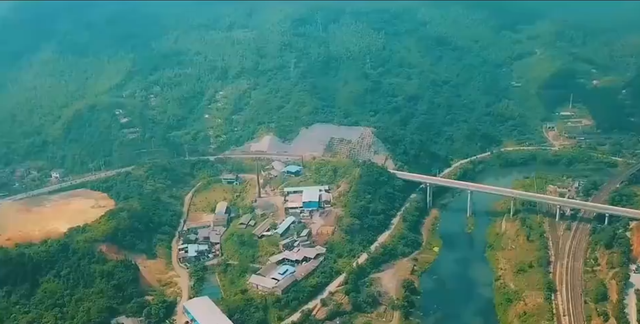Mining site turns into Red tourist attraction
2023-05-19
There are abundant tourist resources in Chenzhou city, Hunan Province. It boasts 37 national scenic areas, 13 of which are at national 4A level or above, including Dongjiang Lake Tourist Area and Jiulong River National Forest Park.

Xujiadong Town is where the State-run 711 Mine is located, which had contributed much to China’s nuclear industry and is now an indispensable part of Red tourism. The site of the State-run 711 Mine is close to Feitian Mountain Scenic Area, 18 kilometers away from the urban area, with less than 40 minutes’ drive.
The State-run 711 Mine is the first large-scale uranium deposit discovered and explored in new China, consisting of three minefields, six vertical shafts and one inclined shaft. It marked the new China’s uranium mining grew from scratch.

As a national key project, it was equipped with complete facilities from the very beginning. In addition to the mining area, there was the living area, the school, the hospital, the recreation club, as well as stores and farms. People could have a convenient life and achieve self-sufficiency here.
The State-run 711 Mine was at its prime from the 1960s to the early 1980s, but gradually declined after the 1980s due to the decreasing uranium, aging equipment, and more difficult mining, finally halted production in 1994 and went bankrupt in 2004. Though it was reorganized into Huaxiang chemical plant, it was closed down in 2015. The mine drew to an end after 60 years of glory.
 INTL MINERAL_GEM EXPO/Mineral City/2023-05-19/85b45cb98a6887dd45b47be3e0ea55d1.png)

It’s been six or seven years since its bankruptcy. Most of the young people have left, and only the elderly still stay here, making the mining area less lively than ever. However, based on its unique history, it has been built into a Red tourism base and will rejuvenate itself in the future through continuous efforts.




